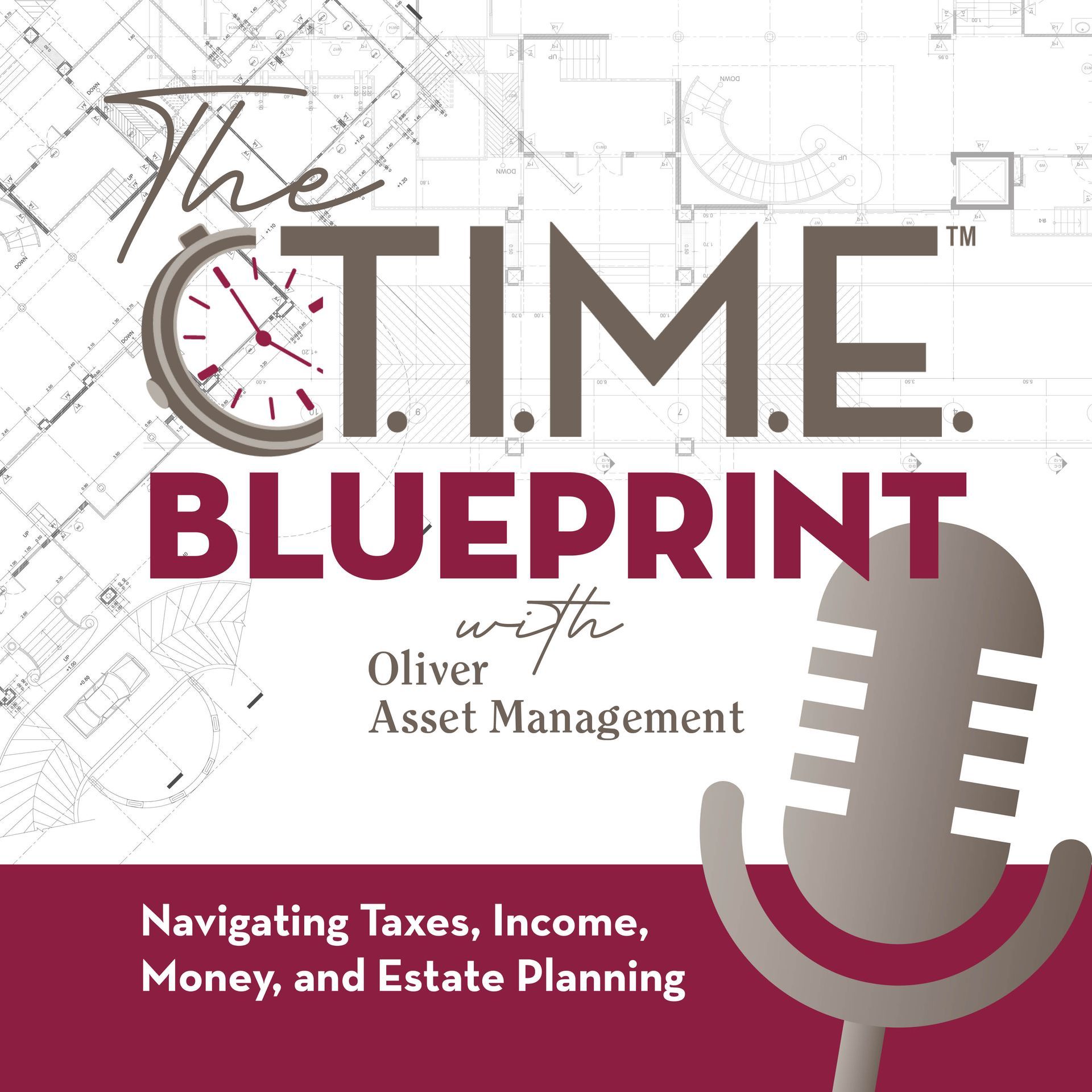What is an RMD (required minimum distribution)? An RMD is the minimum amount that must
be withdrawn from a retirement account each year.
When are you subject to RMDs? Traditional IRA owners are subject to RMDs beginning in the
year in which they turn age 73. The RMD age used to be 70½, but the SECURE Act raised the age
to 72 for anyone who turned 70½ in 2020 or later. Then, SECURE 2.0 raised it to 73 for those who
turn 72 in 2023 or later. While participants in an employer plan may be able to delay RMDs if they
are still working, this exception does not apply to IRAs.
How to Calculate Your RMD in 5 Steps
#1: Determine your distribution year.
The distribution year is the year for which you are taking a distribution, not necessarily the year in which you take that distribution. You can delay your first RMD until April 1 of the year following the year you reach age 73. After the year you turn age 73, all distributions should be made by December 31 of each year for which they are being taken.
#2: Find the retirement plan balance.
Use the balance as of December 31 of the prior year. Add back any outstanding rollovers.
#3: Determine the life expectancy factor.
Most IRA owners look up their age on the Uniform Lifetime Table each year in order to determine their factor. If a spouse is
the sole beneficiary of an IRA account for the entire year and is more than 10 years younger than the account owner, the Joint Life Expectancy Table is used.
#4: More mathematics.
Divide the retirement plan balance (step 2) by the life expectancy factor (step 3). The result is the RMD that must be taken. Be sure to take the RMD by December 31 of the distribution year (except IRA owners in the year of their first distribution). REMEMBER there is a penalty for any portion of an RMD that is not taken.
#5: Take notice.
RMDs from owned IRA accounts can be aggregated and RMDs from owned 403(b) accounts can be aggregated. All other types of accounts cannot be aggregated.















